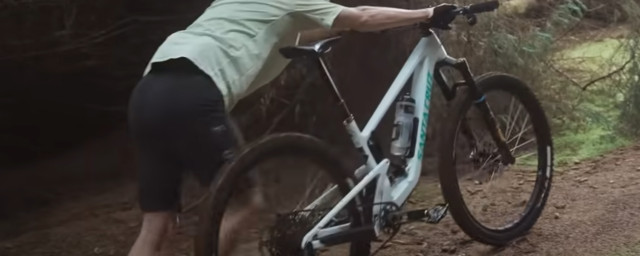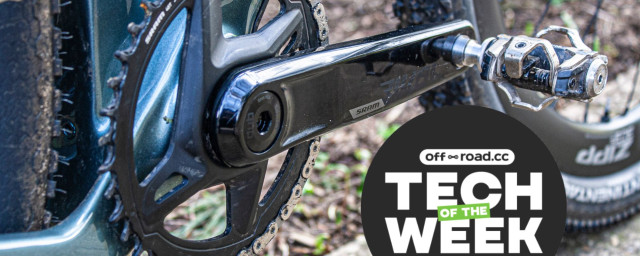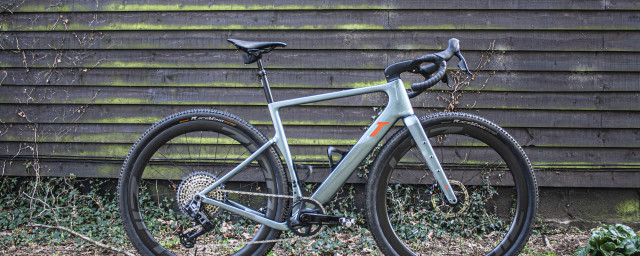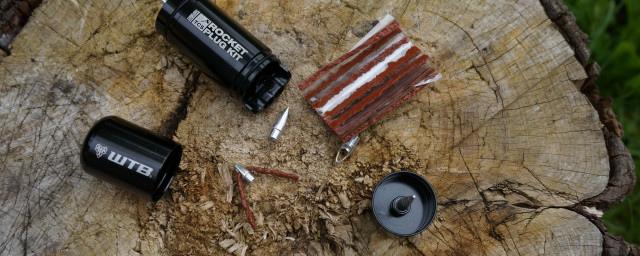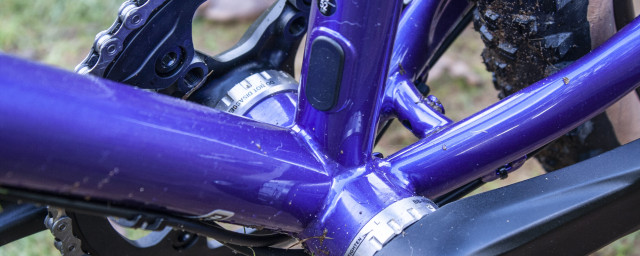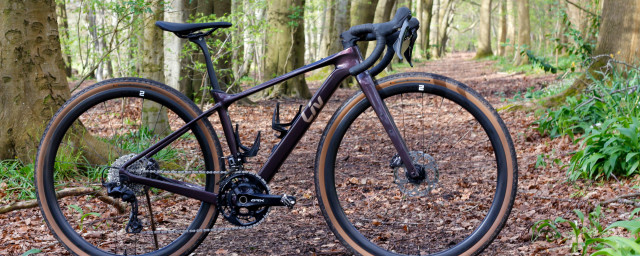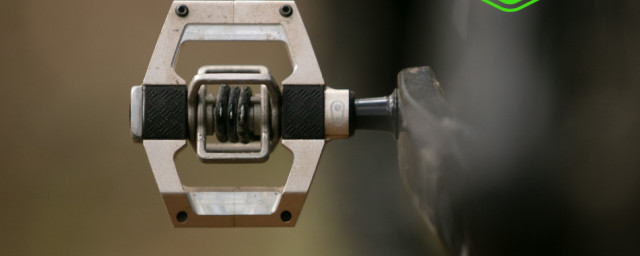As far as the best tubeless sealants go, the Silca Ultimate Tubeless Sealant is unique, with a formulation that combines recycled carbon-fibre particles within a latex solution that claims to seal punctures up to 7mm in diameter. During our tests, it failed to meet that standard, and we had issues with the consistency of the solution making the high price difficult to justify.
Silca Ultimate Tubeless Sealant – Technical details
While most sealants contain particles that aim to seal a puncture, Silca is currently the only company that uses carbon-fibre particles. The particles are a mix of 6mm, 9mm, and 12mm shards made from recycled carbon fibre from aircraft, bicycles and race cars. Silca claims that the foaming latex solution evenly distributes the particles throughout the solution and, that in the event of a puncture, the particles form a dam to prevent air loss.
> Buy now: Silca Ultimate Tubeless Sealant from Sigma Sports for £24.00
There are currently few other uses for carbon-fibre parts, but even with the recycled element, the question of what happens to the particles after they have been used in the sealant remains answered - what happens to the shards after use? Because the sealant contains relatively large carbon particles compared to most other brands of sealant, Silca claims that the liquid can only be installed directly into the tyre and not through a valve.
Silca Ultimate Tubeless Sealant – Performance
The first test of Silca Ultimate Tubeless sealant was disappointing with a puncture in the tyre that I struggled to seal while riding. Despite the fact that the puncture was small and a repair worm was used, it took a long time to seal. I used multiple CO2 cartridges, but it was only after extensive use of a mini pump that a sufficient seal formed, allowing it to hold just 18psi. Attempting to add more pressure once back at home with a track pump, the seal failed immediately and lost all air.
After removing the tyre, the liquid had dried and formed a layer of latex around the carcass just three weeks after being poured in. The carbon particles had also clumped together and were visible throughout the tyre. Silca suggests that using CO2 may cause the liquid to dry too quickly and that it should be replaced with air as soon as possible - something I would have done if the hole would have sealed. There is, of course, the possibility of inconsistency within each bottle causing undesirable effects. Silca did send another bottle after my concerns and feedback.
Silca Ultimate Tubeless Sealant – Testing procedure
To test sealant performance, we created a standardised puncture test to assess each contender. The same exact tyre on the same rim for each sealant. The tyre used was a Halo GXC, measuring 47mm. Tyre sealant was added in the amount suggested by the manufacturer, and the tyre was inflated to 40psi. This pressure was chosen to give a realistic tyre pressure for all areas of off-road riding. A digital tyre pressure gauge was used to ensure that the pressure was identical on each test. After that, the tyre was rotated sufficiently to ensure that it was distributed evenly throughout the tyre. The tyres were all punctured by driving a 3mm nail through the carcass. The wheel was rotated to assess if the sealant had successfully sealed the hole. If the sealant worked, the test was repeated using a 5mm diameter nail, and if successful on the larger hole the remaining air pressure was measured with a digital pressure gauge and the result was recorded.
The sealant had an average performance in the puncture test, sealing the smaller 3mm hole but failing on the larger 5mm puncture. There was a significant amount of spray with the larger puncture, and it ultimately failed to seal the hole with all air lost.
Available in three bottle sizes, with the smallest measuring 236ml (8oz) and the largest at 946ml (32oz) costing a respective £21, £28 and £44. The sealant is among the most expensive on the market and an additional replenisher costs £14, which may need to be taken into account if the sealant frequently dries out too quickly.
Silca Ultimate Tubeless Sealant – Verdict
In some respects, Silca should be congratulated for seeking to find a small solution for carbon fibre waste but the particles, unfortunately, didn't function well enough in our tests. Our first bottle appeared to contain more carbon particles than was probably intended and dried out quickly and, although the second bottle looked to have fewer particles, it performed poorly and was unable to close the 5mm puncture, which is smaller than the 7mm claim.
Overall, despite being probably the most costly sealant currently available on the market, the performance simply falls short of expectations.


